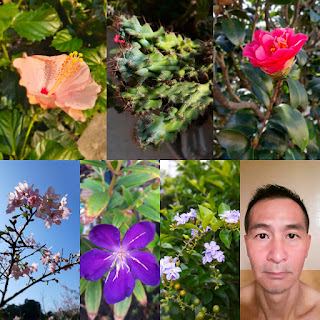Trend & Dirt Flow

Models: Amanda, Kelly, Sharon, Phoebe, Maggie, Allen, Ivy, Brian, Akane Souma, Mei Mei, Claire, Arlene
All photos by Don Schumann
Global fashion brands selling poisonous and harmful materials under investigation

The investigation points out that the clothing produced by over 20 international and domestic renowned fashion brands contains a hazardous chemical that can inhibit male sexual development and cause early female development.


In April, Greenpeace purchased 141 items from 20 global fashion brands across 29 countries; these garments had been manufactured in at least 18 different countries. They tested a collection of jeans, slacks, t-shirts, dresses and underwear, which were all made with both artificial and natural materials. In doing so, tests revealed that two-thirds of them, including those manufactured by, including industry leaders Armani, ZARA, Esprit and Gap and Chinese brands such as Metersbonwe and Vancl, all contained the chemical nonylphenol ethoxylates (NPE).

Of 141 samples, 89 were found to contain hormone-disrupting nonylphenol ethoxylates (NPEs). Products from C&A, Mango, Levi's, Calvin Klein, Zara, Metersbonwe, Jack & Jones, and Marks & Spencer had the highest concentration.

Four items from Giorgio Armani, Victoria's Secret and Tommy Hilfiger tested positive for phthalates, which can harm the reproductive system, and two Zara garments were contaminated with azo dyes releasing cancer-causing amines.


NPE transforms into nonylphenol (NP), which interferes with sexual development by stimulating the production of estrogen.

The creation of a standard for the use of NPE however, is already under development and will probably be completed by 2015.


In fact, the presence of NPE in the clothes is just the tip of the iceberg regarding the pollution in textiles industry. The big brands dump production waste stemming from the manufacturing process into rivers in the countries of production, which in turn threatens the health of many more through the food chain.


Currently, 60% of shell fabric and 40% of ready-to-wear garments in the world are being produced in China. Therefore, as the largest exporter of textiles in the world, China is clearly the biggest victim.
Note: The clothes were sold by the leading fashion companies Benetton, Jack & Jones, Only, Vero Moda, Blažek, C&A, Diesel, Esprit, Gap, Armani, H&M, Zara, Levi’s, Victoria’s Secret, Mango, Marks & Spencer, Metersbonwe, Calvin Klein, Tommy Hilfiger, and Vancl.
Amines are used in the manufacture of azo dyes and can be released when they are chemically broken down. Some amines can break down into cancer-causing chemicals.












Comments
Post a Comment